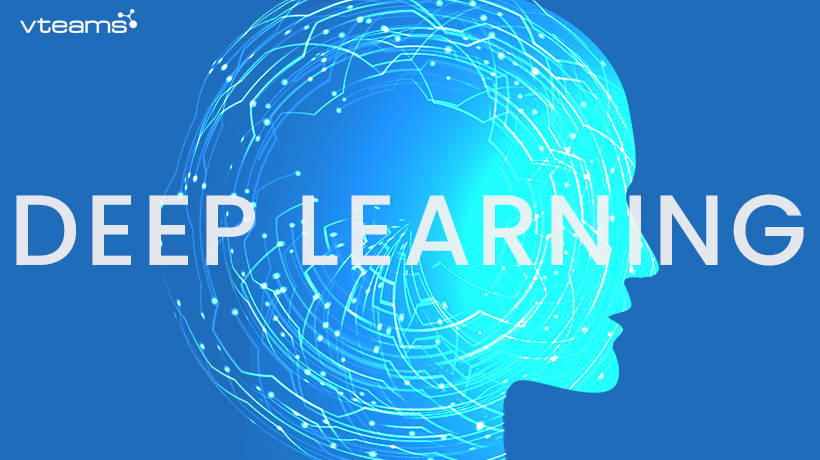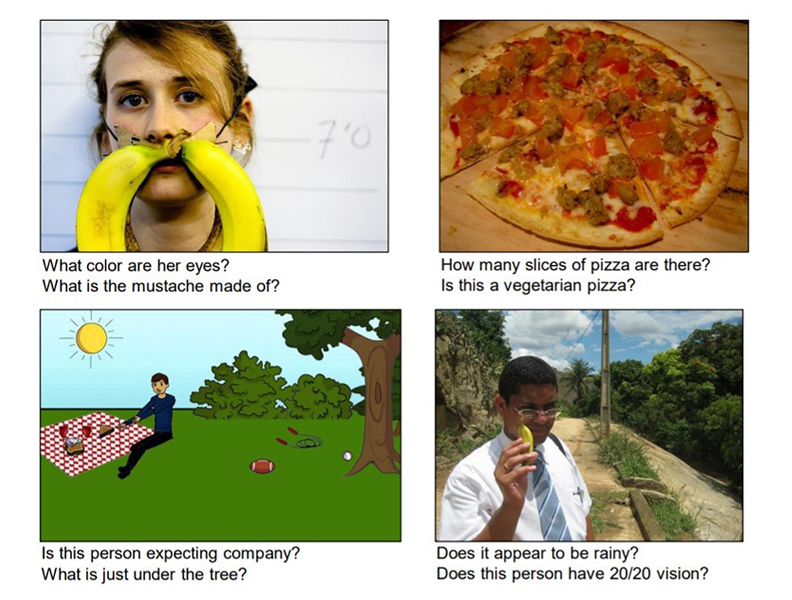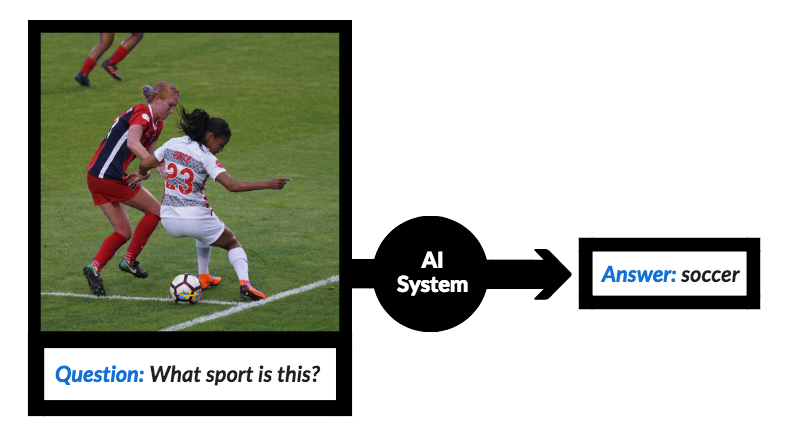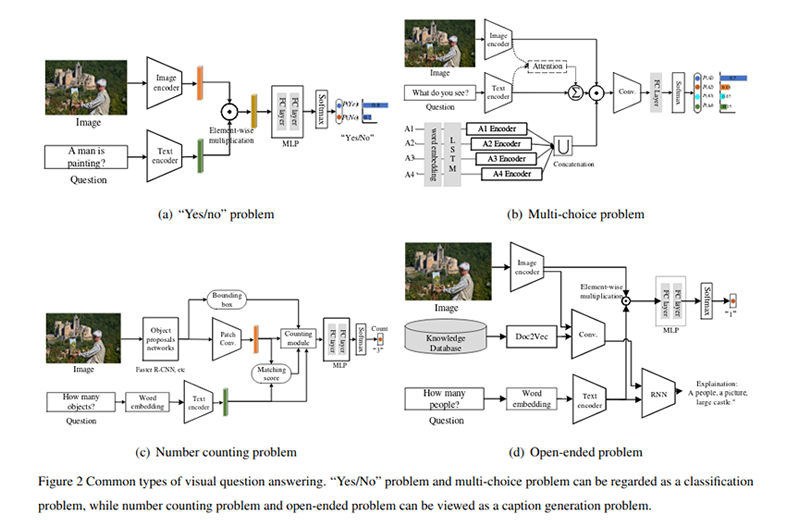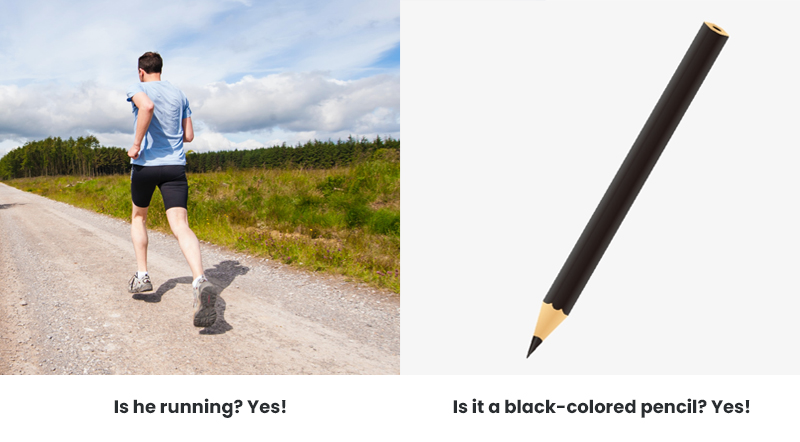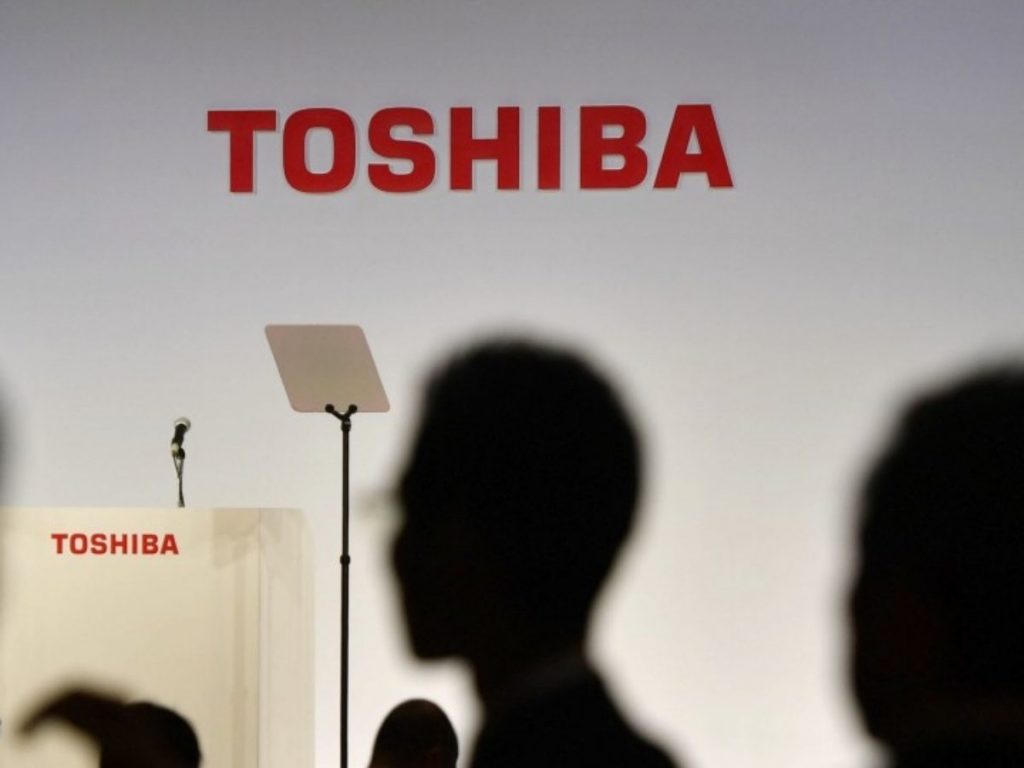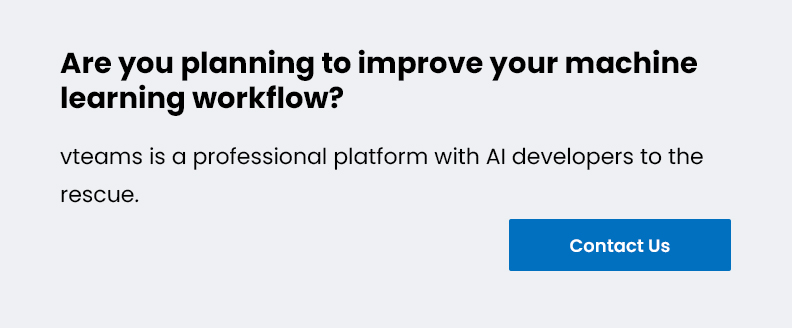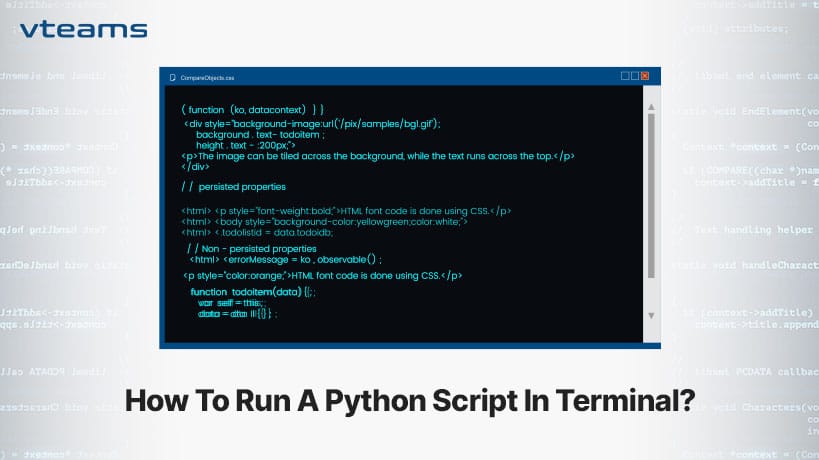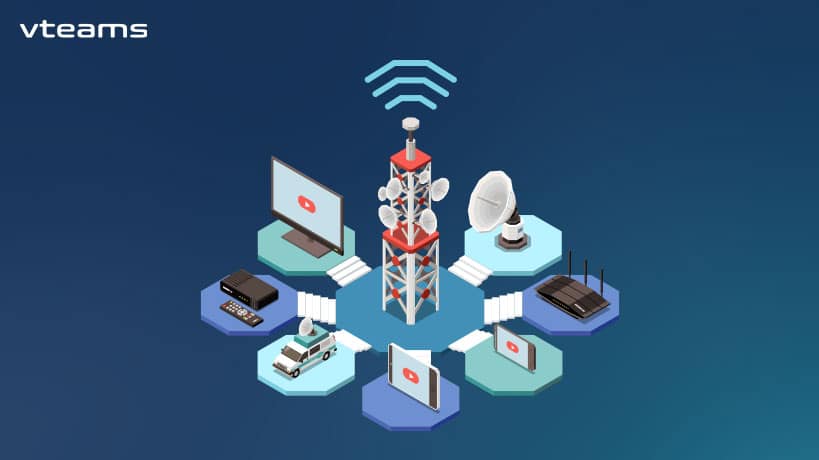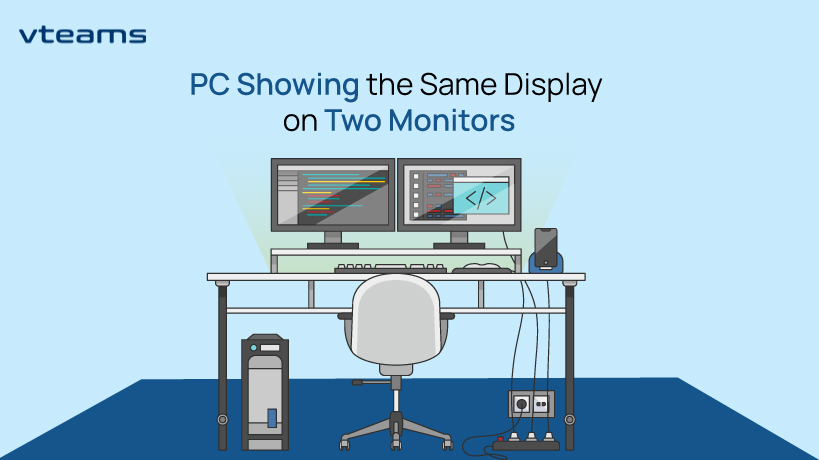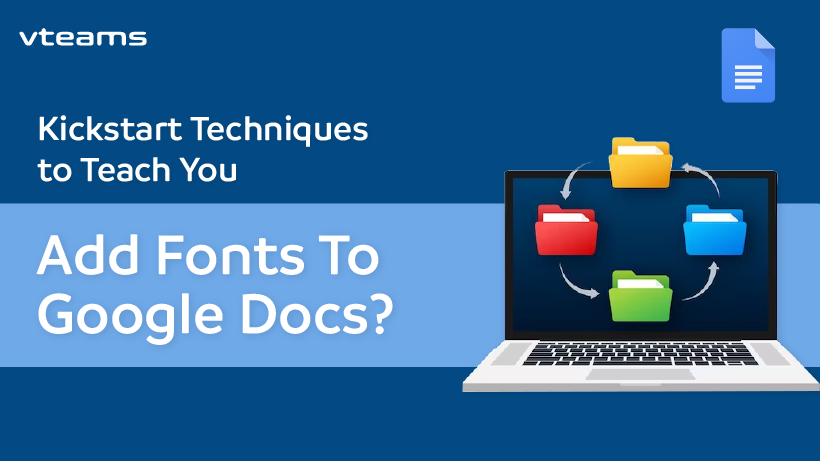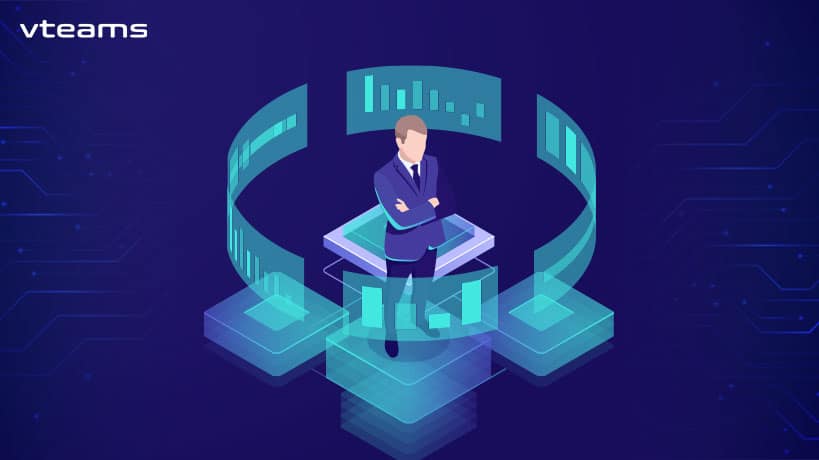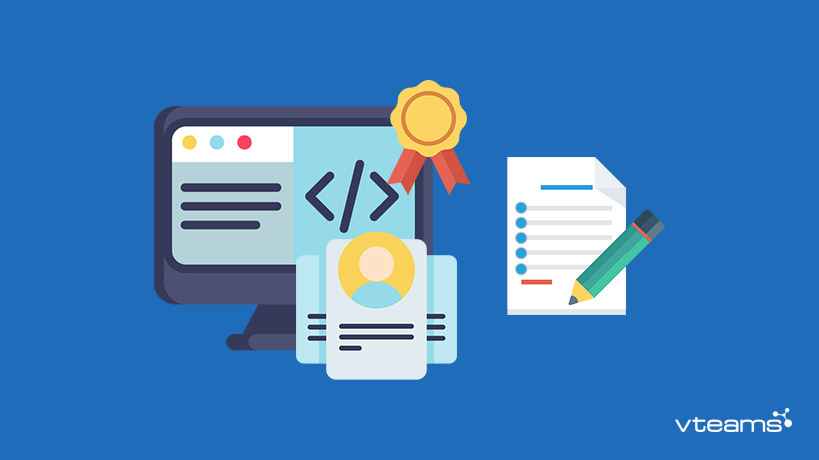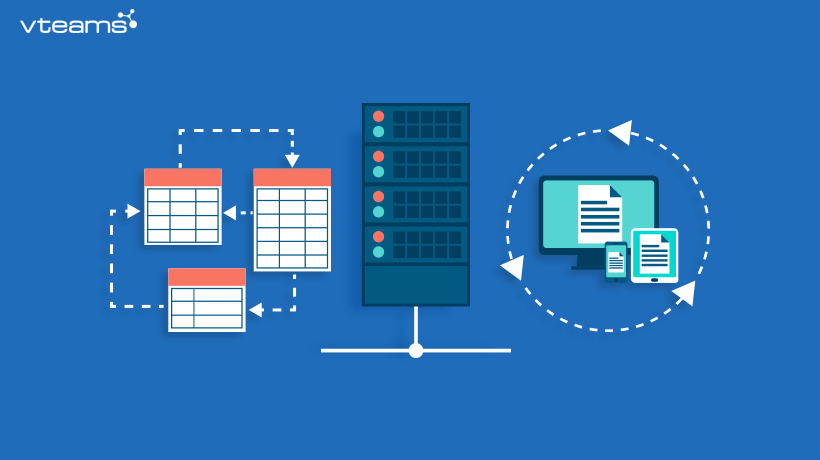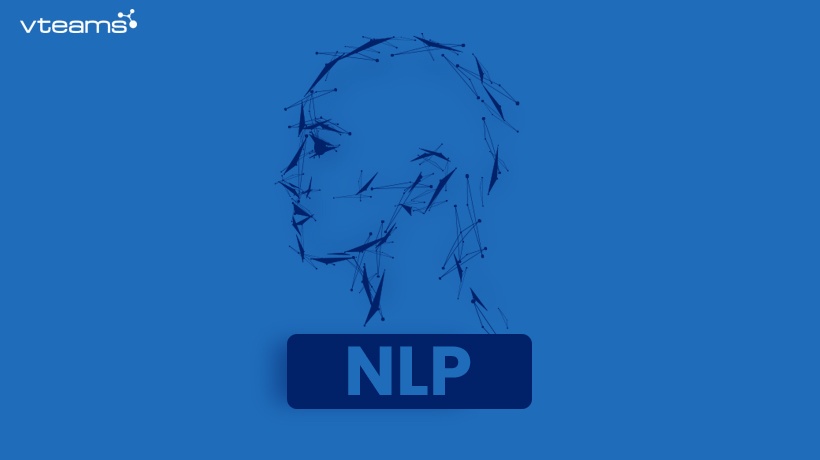Visual Question Answering is a computer vision task in which a system is given a text-based visual question and it must guess the answer.
Visual reasoning questions and answers are achieved through deep learning: applying Convolutional Neural Network (CNN) for image identification, utilizing Recurrent Neural Network (RNN) for natural language processing, then joining the results to deliver the ultimate answer.
Factually speaking, creating a Visual Question Answering system that can respond to any questions about images is an incredible push. The below-given image describes how:
How many bananas do you see? Do you see any animals? Can you spot the color yellow? Can you find a quanco? As humans, we can easily reply to such questions but a system with this capability seems nothing less than science fiction. But, this is made possible due to deep learning, eventually.
Let’s go through some of the incredible innovations that have occurred in the field of artificial intelligence as well as discuss some use cases of visual question answering.
Problem Analyzation
Humans can easily interpret things using common sense, can analyze images, and answer different questions with common sense knowledge.
But we are talking about machines for visual question answering…
Their system works like this: an AI receives an image as input and delivers a natural language answer as the output.
Here is how an AI system generates a visual output:
- It learns and visualizes texts from the inputs
- It combines two data streams
- It involves an advanced set of knowledge to generate the answer
Given the following sentence:
How many bridges are there in San Francisco?
A natural language processing visual question answering system is usually going to:
- Analyze: it is a ‘how many’ question, so the answer has to be a number
- Object to tally: bridges
- The content: San Francisco
Answer Generation
A visual question answering includes the following sources:
- Object counting questions: the answer involves counting the number of objects in the given image
- Free-form: open-ended questions and answers are in words, phrases, and incomplete sentences.
- Binary questions
- Multiple-choice questions
Data Understanding
Visual Question Answering contains open-ended questions about the images, and every other question demands an understanding of language, vision, and common knowledge to deal with the answer.
For example
Evaluation Code
AI systems use an evaluation code to provide answers to every question.
Following is the code:
Before outputs are evaluated, the following treatments are done:
- Changing characters to lowercase
- Eliminating periods unless it occurs as decimal
- Converting numbers to digits
- Removing articles (a, an, the)
- Adding apostrophe if a contraction is missing it (e.g., convert “don’t” to “don’t”)
- Replacing punctuation with space characters
Visual Question Answering Use Case
Toshiba Corporation is a Japanese multinational that has prepared a highly flexible visual question answering AI system that can not only distinguish visuals and people, but colors, shapes, appearances, and background details in images too. The company conducted an experiment on a significant amount of visuals and text-based data; the visual question answering AI properly answered 66.25% of questions without prior training. As well as, 74.5% with pre-learning.
Toshiba’s AI system is exceptional and can prove to be the best for surveillance video footage. Artificial intelligence for visual question answering is an advanced tech that has successfully made its way worldwide. Such AI systems can be used for controlling the safety at production sites. Moreover, you can also improve your workplace safety, reduce workloads on supervisors, and contribute to work style improvement.
Do you wish to build such AI systems too? We can help!
Deep Learning: In a Nutshell
Visual question answering is a new technique that demands a basic understanding of the text and a vision. It involves deep learning techniques that are significant to improve CV and NLP results. According to researchers, visual question answering is evolving; its makers have planned systems that could provide the most accurate results.
